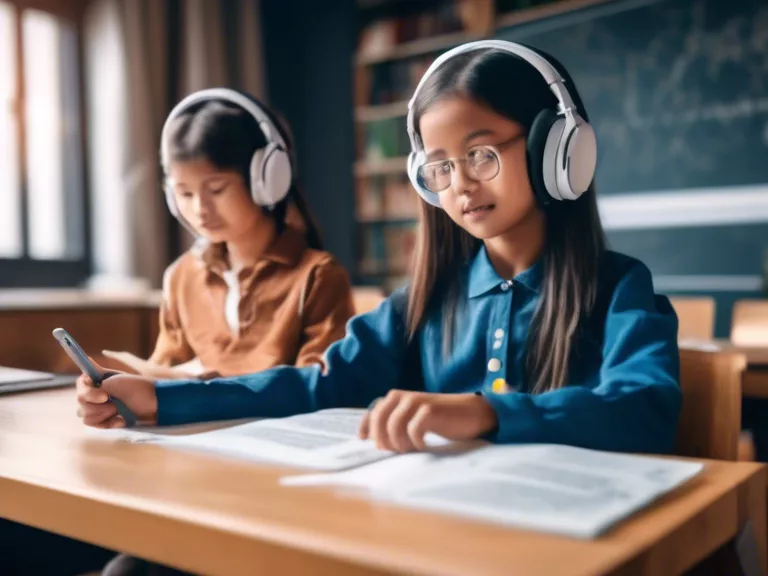
Artificial intelligence (AI) technology has revolutionized the way we communicate across borders. One of the most exciting applications of AI in education is real-time language translation in international classrooms. This technology enables students and educators from different linguistic backgrounds to easily communicate and collaborate, breaking down barriers and fostering a more inclusive learning environment.
AI-powered language translation tools use natural language processing algorithms to accurately translate spoken and written words in real-time. This means that students can participate in classroom discussions, interact with their peers, and access educational materials in their native language, regardless of the language being spoken or written by the teacher. This not only makes learning more accessible for non-native speakers, but also enhances the overall learning experience for all students by promoting diversity and cross-cultural understanding.
Additionally, AI language translation tools can help educators overcome language barriers by providing instant translations of lectures, presentations, and other educational resources. This enables teachers to deliver content in multiple languages, allowing all students to fully engage with the material without feeling excluded or left behind. By using AI to facilitate real-time language translation, international classrooms can become more dynamic and interactive learning environments where all students have equal opportunities to participate and succeed.
In conclusion, AI-powered real-time language translation is a game-changer for international classrooms, enabling students and educators to break down language barriers and create a more inclusive learning environment. By harnessing the power of AI technology, we can build a global education system that promotes diversity, cross-cultural understanding, and collaboration across borders.



